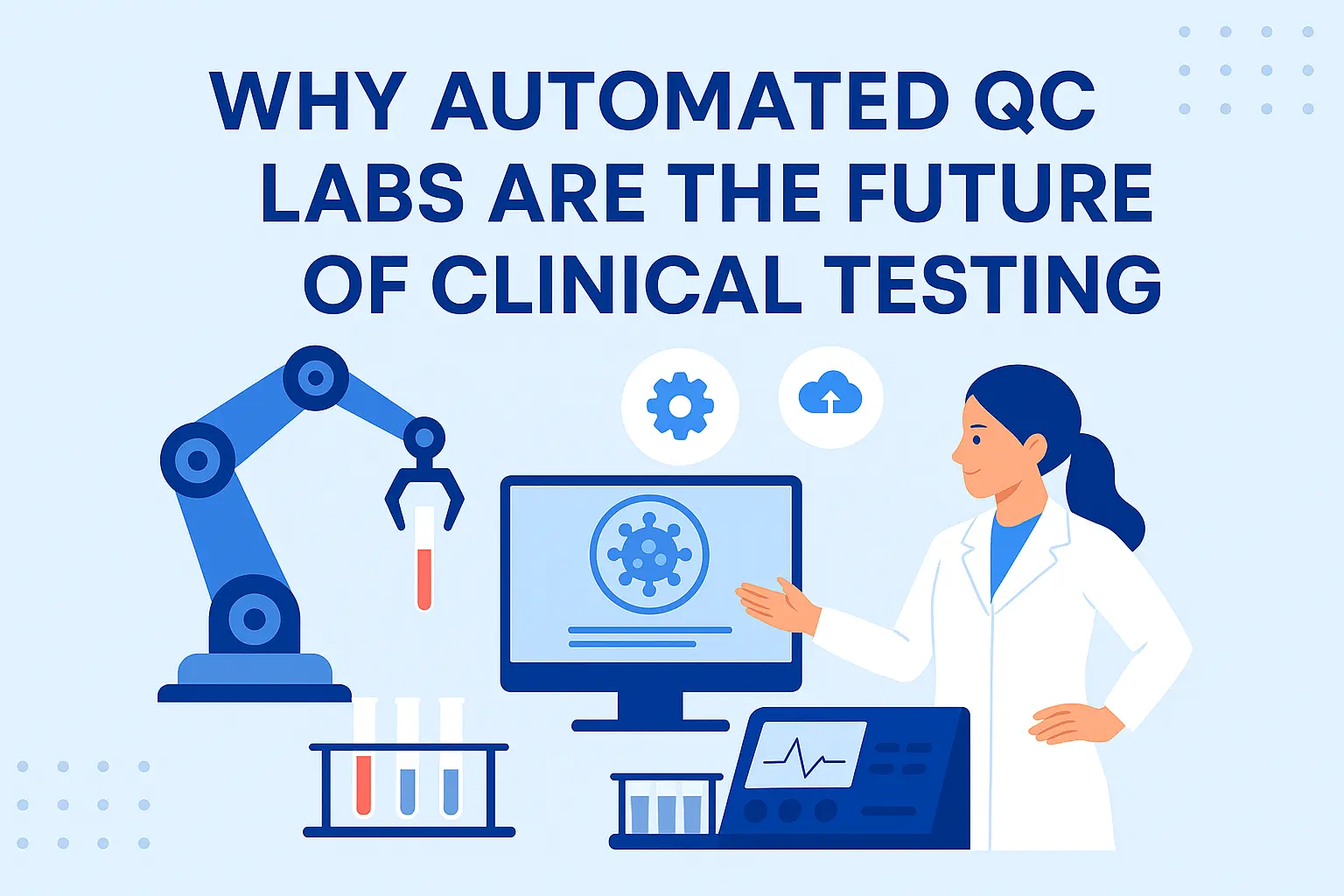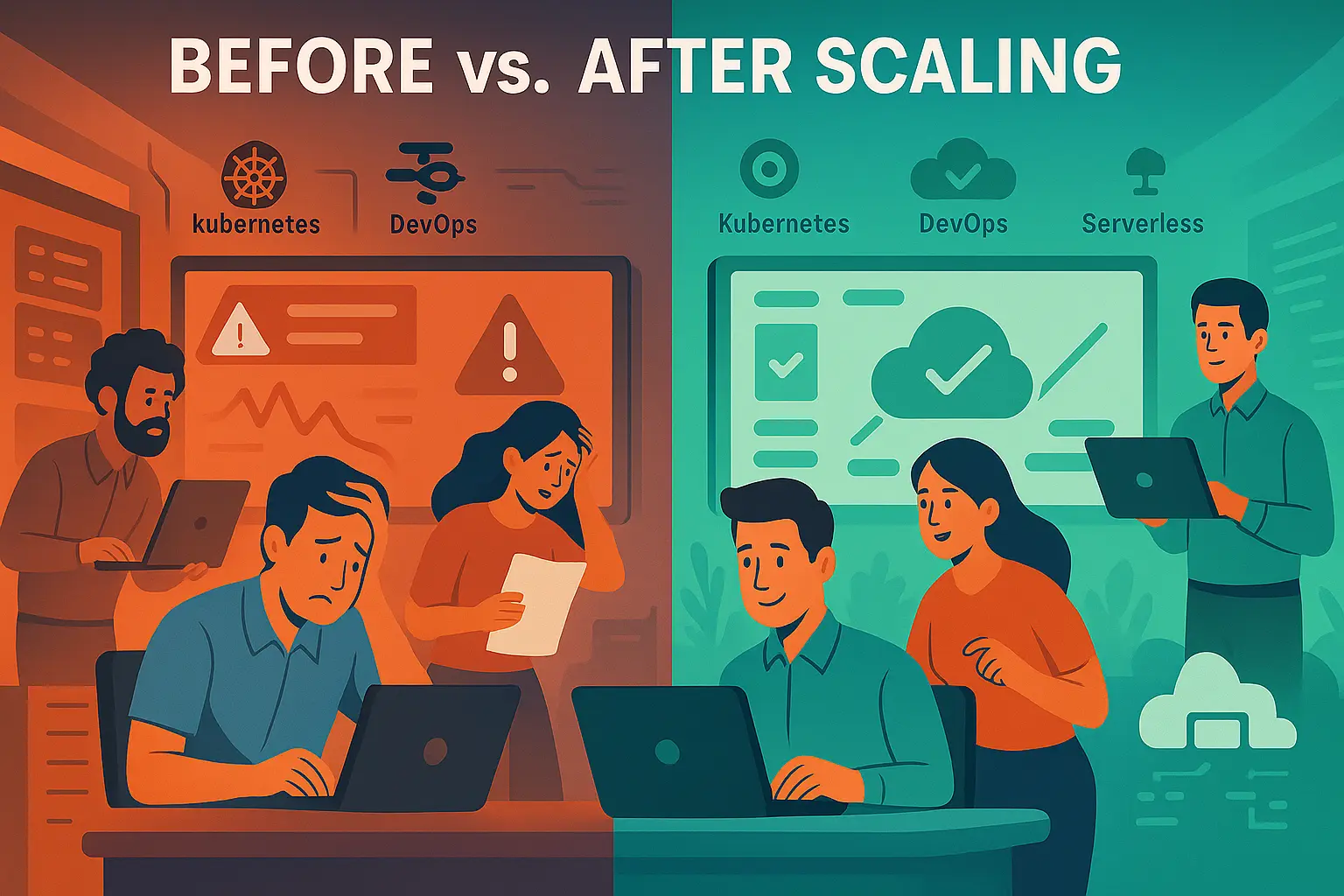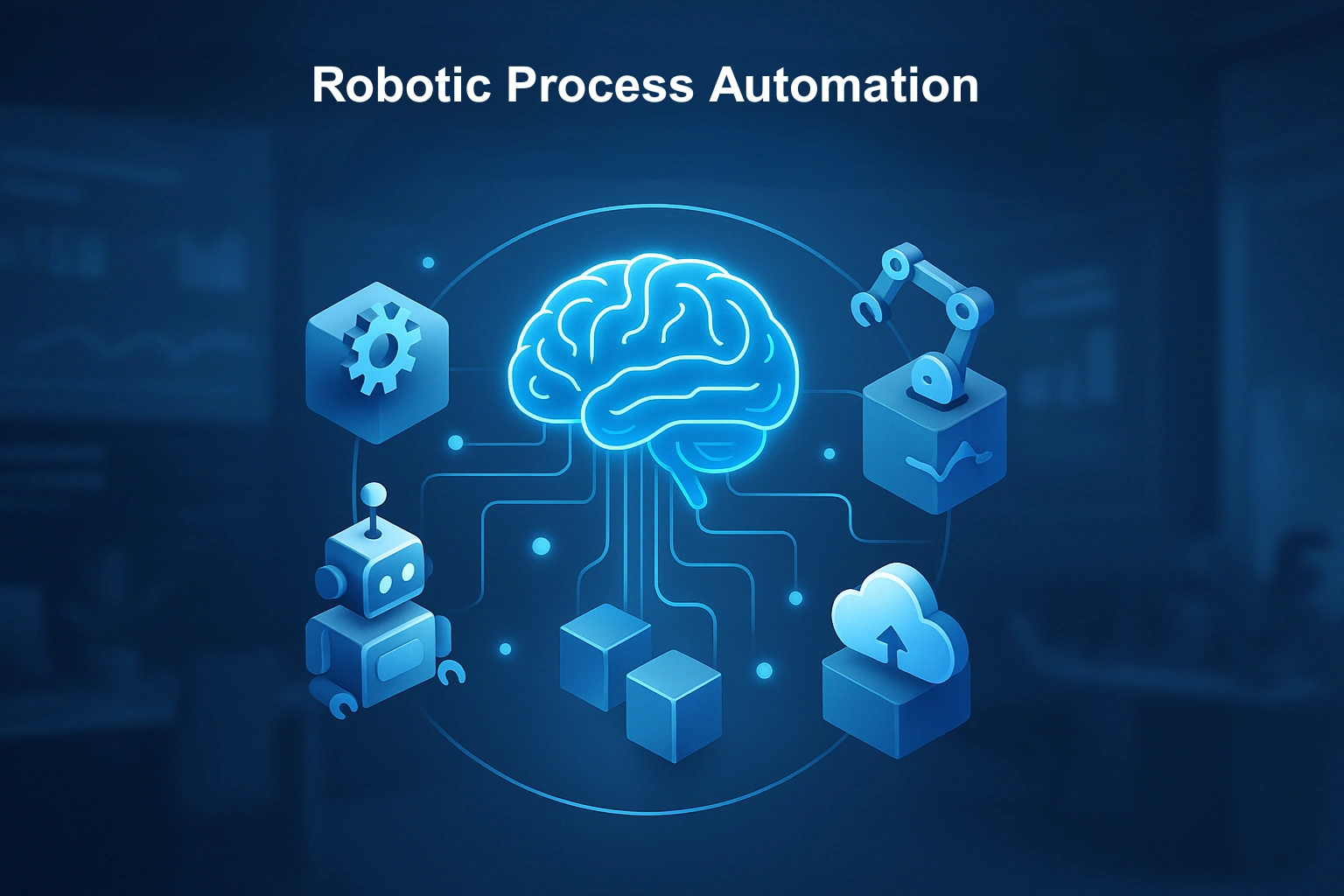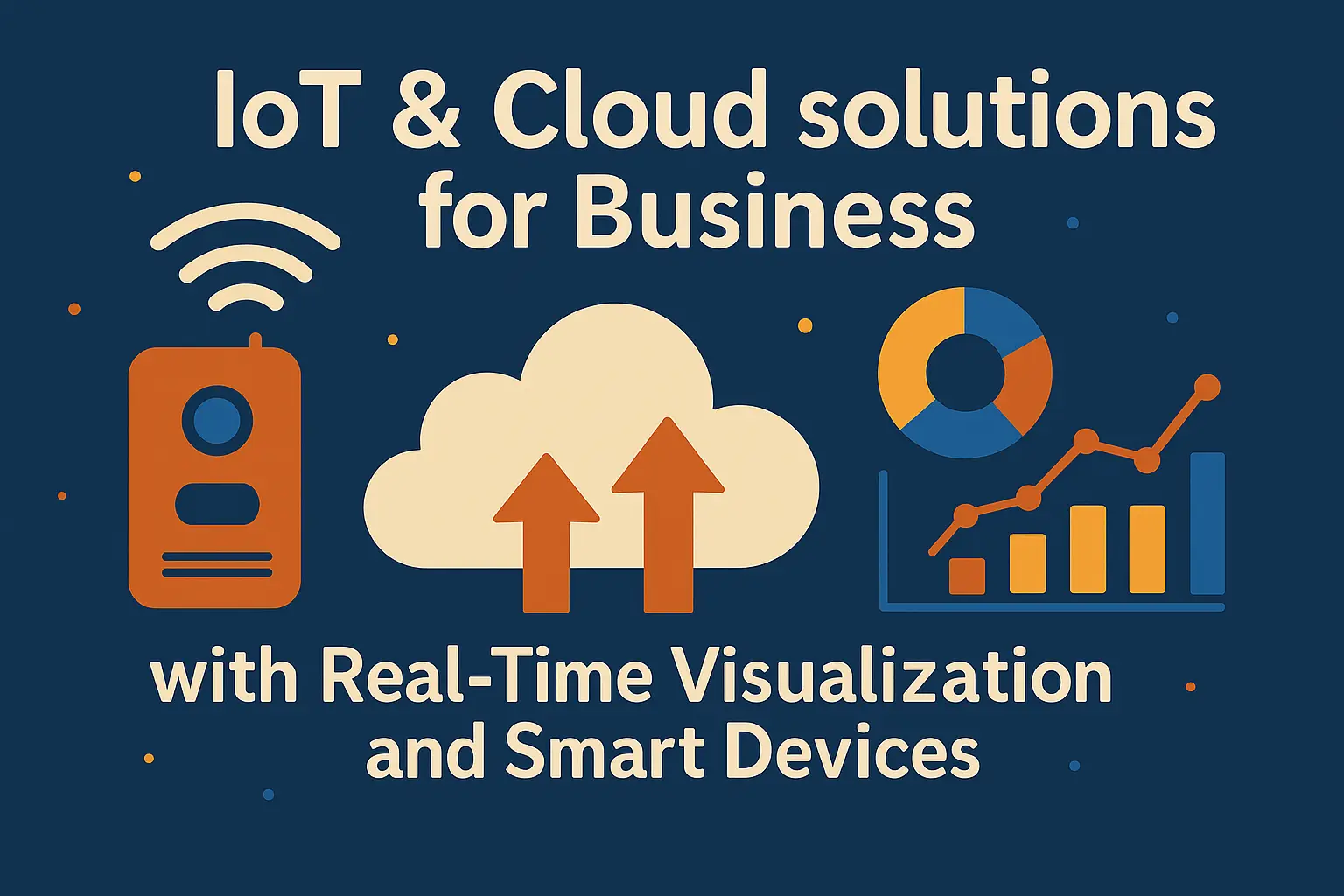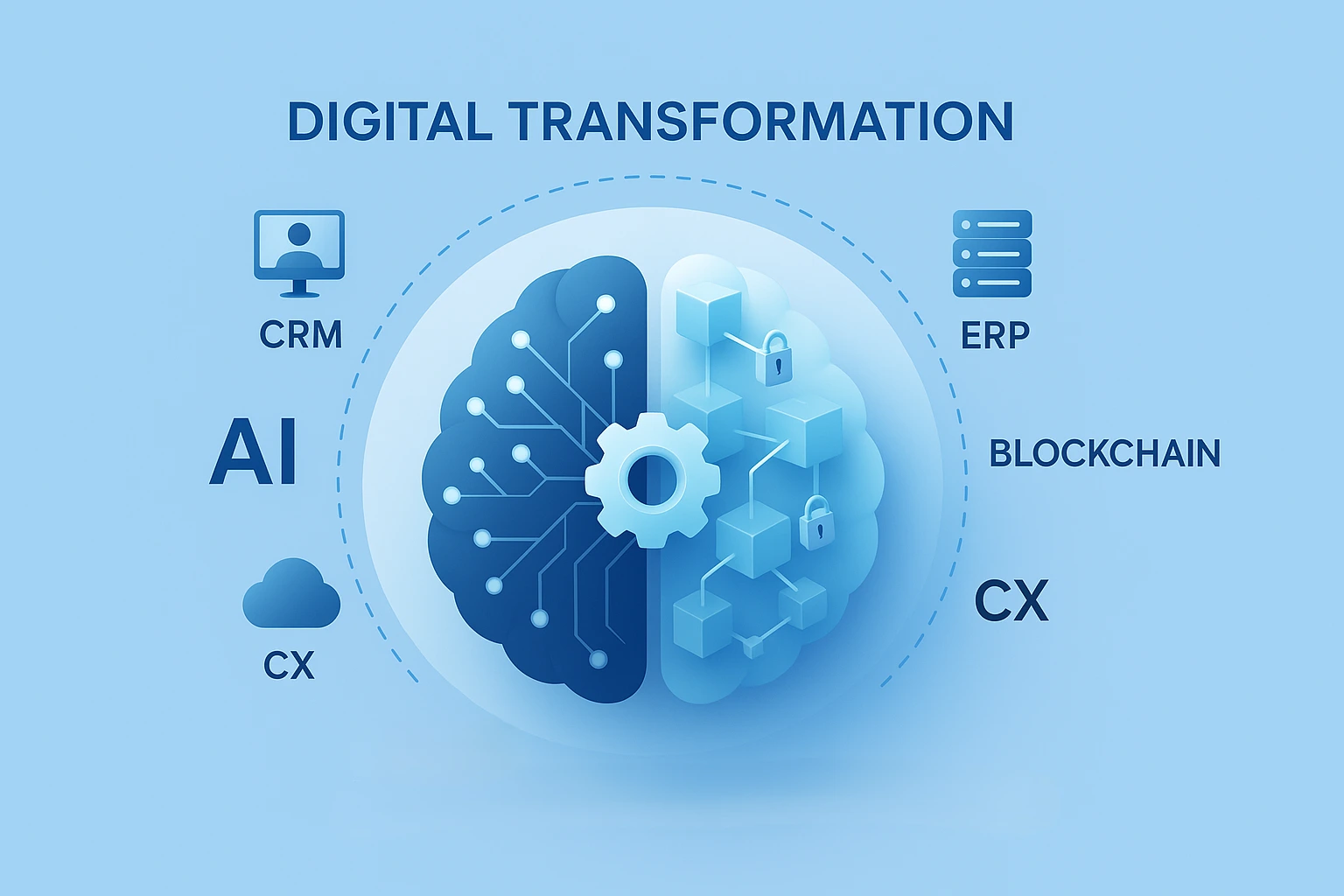Post By

Cloud Native Healthcare
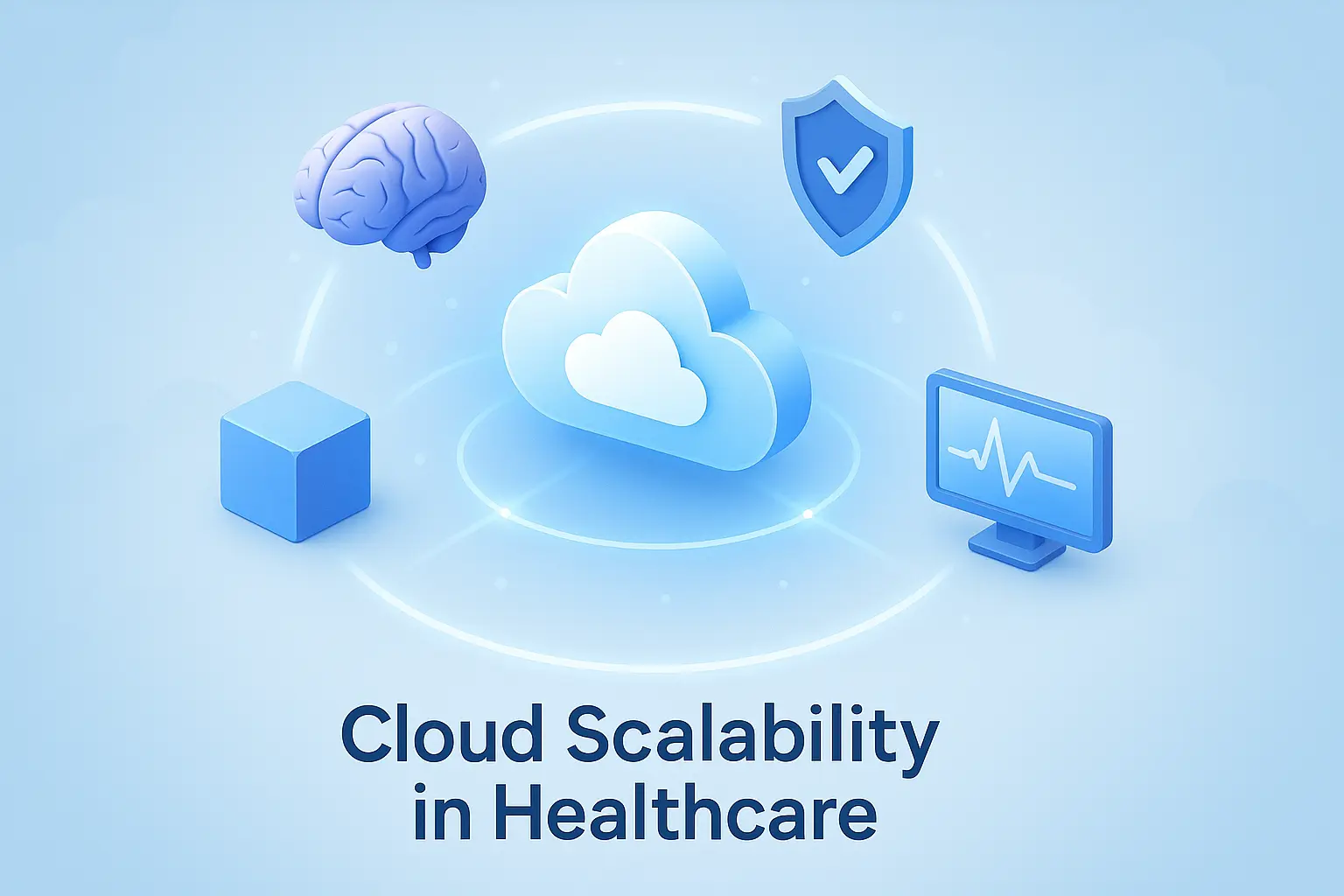
The healthcare industry is experiencing rapid digital acceleration. From electronic health records to patient monitoring platforms, medical providers depend on technology to deliver efficient, secure, and reliable care. However, traditional IT infrastructure often struggles to keep pace with rising data volumes, regulatory demands, and evolving patient expectations. This is where cloud-native architecture becomes a game changer. By embracing scalable, automated, and HIPAA-compliant cloud solutions, healthcare providers can achieve resilience, efficiency, and innovation at enterprise scale. At Scaloy, we design cloud-native healthcare systems that bring together microservices, containerization, automation, and security-first governance. This blog explores why scalability is essential in modern healthcare, how Scaloy addresses industry-specific challenges, the benefits of cloud-native architecture, and proven practices that make digital health platforms secure, responsive, and future-ready. Healthcare providers face unpredictable workloads, ranging from routine patient appointments to sudden spikes during emergencies or vaccination drives. Without scalable infrastructure, systems can slow down, delay services, and even compromise patient safety. Cloud-native scalability ensures healthcare applications remain available, fast, and secure — regardless of demand. Scalable infrastructure enables: While cloud adoption offers numerous advantages, healthcare organizations face hurdles such as compliance, security, and legacy system integration. Scaloy addresses these challenges through a strategic, healthcare-specific approach: With this approach, Scaloy ensures that cloud-native healthcare systems are both resilient and compliant, delivering reliable performance for mission-critical operations. Moving healthcare applications to a cloud-native model delivers measurable benefits for providers, patients, and administrators alike. Scaloy’s solutions unlock: Successful digital transformation in healthcare requires more than just technology upgrades. Scaloy recommends these best practices for building long-term scalable systems: Scaloy has partnered with healthcare organizations worldwide to modernize their systems with cloud-native scalability: These real-world outcomes demonstrate the importance of combining scalability, compliance, and innovation in healthcare IT. The future of healthcare relies on scalable, cloud-native infrastructure that balances performance, compliance, and patient-centric innovation. Scaloy’s expertise in Kubernetes orchestration, HIPAA compliance, and custom cloud architecture positions healthcare providers to thrive in a digital-first world. By embracing modernization now, organizations can deliver seamless patient care, meet regulatory standards, and remain agile in the face of tomorrow’s challenges.
The Importance of Cloud Scalability in Healthcare
Scaloy’s Approach to Cloud-Native Healthcare Challenges
Key Benefits of Cloud-Native Healthcare Solutions
Best Practices for Building Scalable Healthcare Infrastructure
Case Studies: Cloud Scalability in Action
Scaloy’s Cloud Implementation Process
Conclusion
What is cloud-native architecture in healthcare?
Cloud-native architecture leverages microservices, containers, and serverless computing to build scalable, resilient, and compliant healthcare applications that adapt quickly to demand.
Why is scalability critical for healthcare IT systems?
Scalability ensures healthcare platforms can handle sudden patient surges, emergencies, and seasonal demands without downtime or data loss, maintaining reliable patient care services.
How does Scaloy ensure HIPAA compliance in the cloud?
Scaloy designs HIPAA-compliant infrastructures with data encryption, role-based access controls, continuous monitoring, and audit trails to protect sensitive healthcare data end to end.
What role does Kubernetes play in cloud healthcare systems?
Kubernetes orchestrates containerized applications, balancing workloads and ensuring high availability, fault tolerance, and scalability in healthcare IT environments.
Can existing healthcare systems be modernized for the cloud?
Yes. Scaloy modernizes legacy healthcare applications by migrating them to cloud-native platforms with APIs and microservices, making them scalable, secure, and integration-ready.
How does DevOps improve healthcare cloud systems?
DevOps practices like CI/CD, automated testing, and Infrastructure as Code accelerate deployment cycles, reduce downtime, and ensure regulatory compliance in healthcare applications.
What are the benefits of cloud modernization for patients?
Patients benefit from faster response times, reliable telemedicine services, secure access to records, and overall improved healthcare experiences enabled by modern cloud platforms.
Is serverless computing suitable for healthcare applications?
Yes. Serverless allows healthcare apps to scale dynamically in response to demand while reducing costs by only consuming resources when events are triggered.
What security measures are essential in healthcare cloud systems?
Key measures include data encryption, intrusion detection, role-based access, audit logs, and continuous security monitoring to safeguard patient data against breaches.
How does Scaloy help healthcare providers with digital transformation?
Scaloy enables providers to modernize applications, adopt HIPAA-compliant cloud infrastructure, implement DevOps automation, and build scalable platforms that improve patient care and innovation.

Discover our other blogs.
Automated QC
Speed, accuracy, and efficiency are critical in the rapidly evolving field of diagnostics and...

Yash Patel
Jul 10, 2025
Scaloy Success Stories
In today’s dynamic corporate environment, embracing the right technology is no longer o...

Ankit Patel
Jun 20, 2025
Scalability
In the ever-accelerating digital era, where speed, resilience, and adaptability are more than...

Vasu Patel
Jun 1, 2025
RPA
In today’s fast-paced business world, speed, precision, and innovation define success. ...

Isabella Rossi
May 10, 2025
IOT Takeover
Imagine receiving care, diagnosis, and monitoring from a network of intelligent medical devic...

Ishita Choudhury
Apr 23, 2025
IOT In Healthcare
The healthcare industry is undergoing a paradigm shift. Rising demands, growing costs, and th...

Noah Fischer
Apr 6, 2025
IOT
In today’s digital-first economy, businesses are under increasing pressure to process m...

Emma Williams
Mar 20, 2025
Digital Transformation
In an era of accelerating change, digital transformation is no longer a choice but a necessit...

Siddharth Nair
Mar 3, 2025
Data Driven Strategies
In today’s hypercompetitive digital economy, data has become more than just information...

Liam Johnson
Feb 17, 2025
Cyber Security
As digital transformation accelerates, organizations across industries are under pressure to ...

Sophia Martinez
Jan 15, 2025

